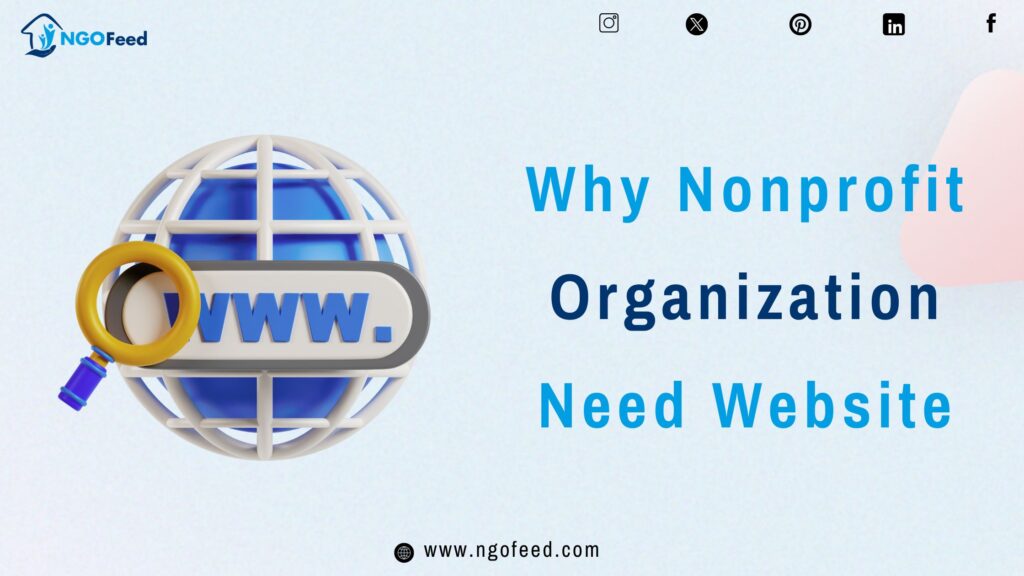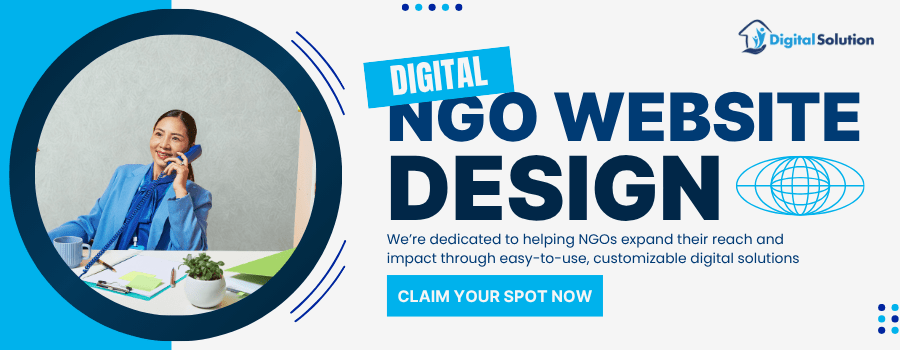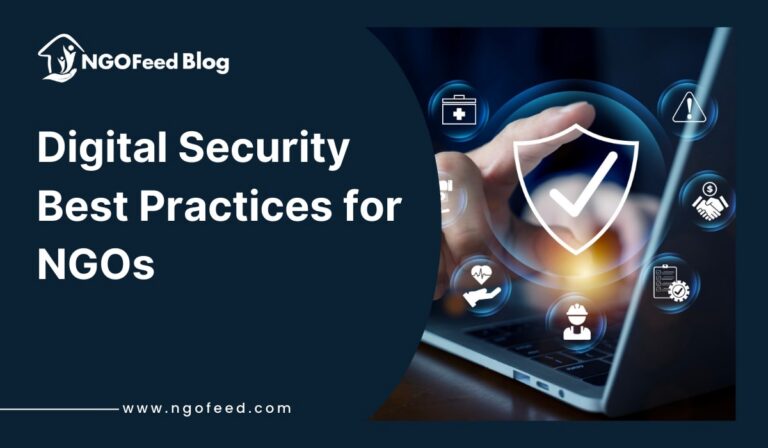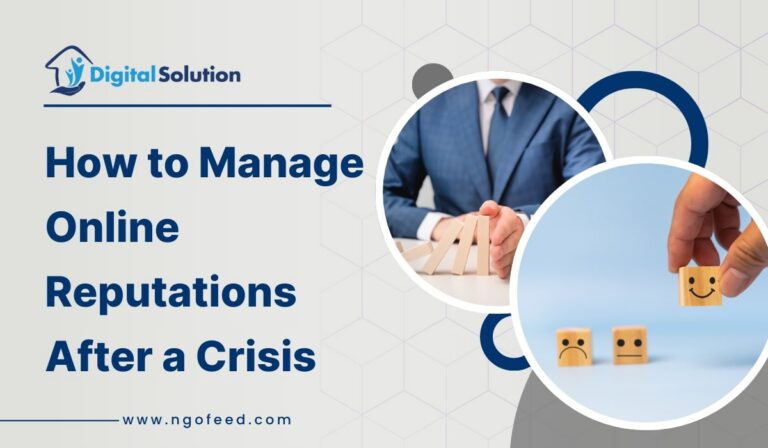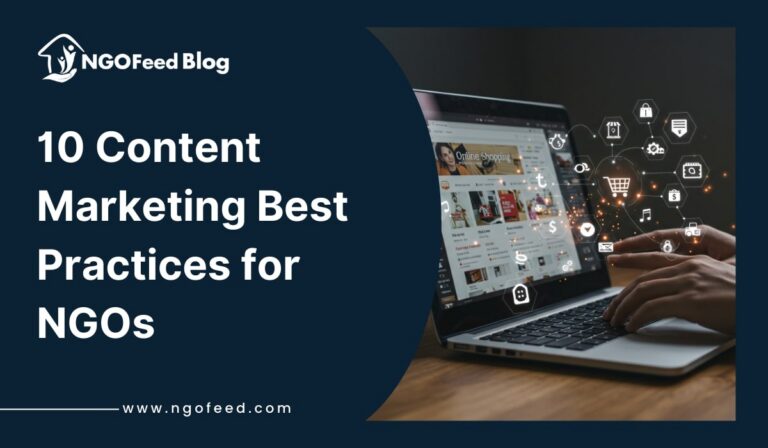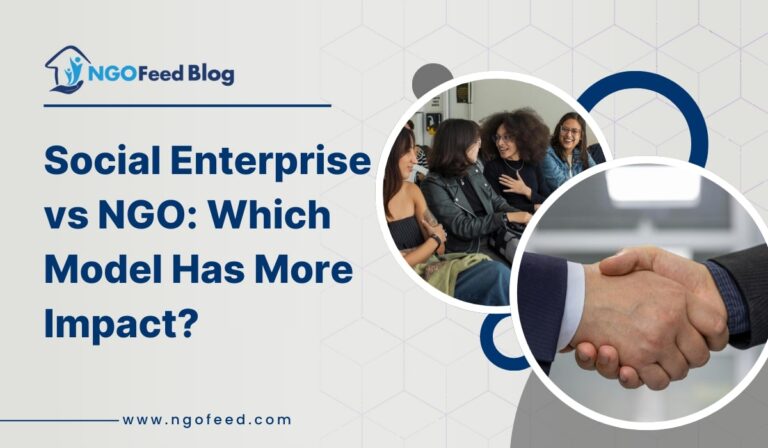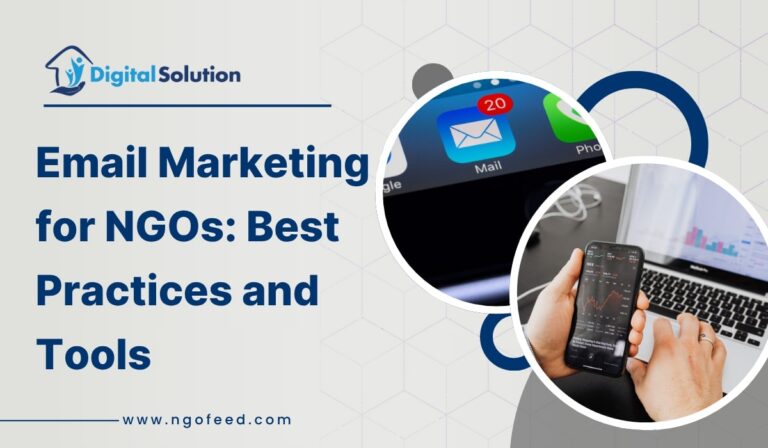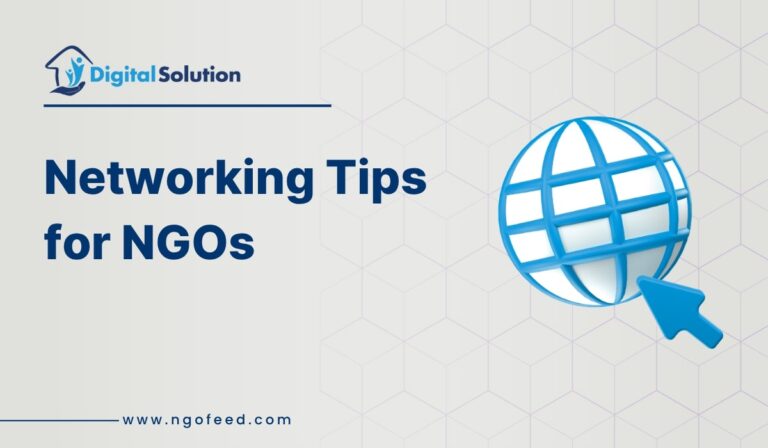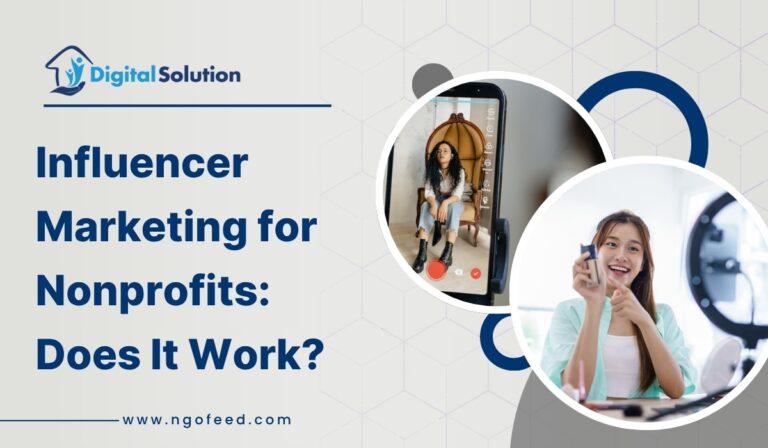Why Nonprofit Organizations Need Website: In this digital world, if any organization wants an online presence, increased visibility, reach a wider audience, and effectively present its achievements it needs a website. Having an online presence and website is a need of time especially for Nonprofit organizations. A website is a powerful tool that may help you raise money, spread the word about your goal, and create a thriving community of supporters. It is more than just a digital brochure. Here are five strong reasons why Nonprofit Organizations need a website now more than ever if your nonprofit hasn’t gone online yet.
Table of Contents
Top 10 Reasons Why Nonprofit Organizations Need Website
1. Boost Your Credibility and Professionalism
In the modern world, when people frequently form opinions about a nonprofit online, a well-designed website acts as a digital storefront that builds trust. A well-designed, business-like website gives prospective partners and contributors confidence in your organization’s dependability and dedication to its mission. This is the time to promote your impact, highlight success stories, and emphasize the professionalism that makes your company stand out from competitors.
2. Expand Your Reach and Increase Visibility
A website represents your nonprofit organization around the clock. Your website is available to everyone, everywhere, at any time, in contrast to traditional outreach techniques, which may be restricted by space and time. Your message can reach a worldwide audience thanks to this continuous availability, drawing in new funders, volunteers, and supporters who might not have known about your organization otherwise.
3. Facilitate Donations and Fundraising
Simplify donations and fundraising initiatives is one of the biggest benefits of owning a website. With just a few clicks, supporters can easily donate to your cause on your website due to integrated contribution buttons, online fundraising campaigns, and secure payment methods. Furthermore, tools like campaign analytics and donation tracking enable you to evaluate the effectiveness of your initiatives and make real-time strategy changes.
4. Enhance Communication and Engagement
Your website can serve as a focal point for communication by providing multiple opportunities for audience engagement. Your website offers several ways to keep fans informed and involved, from blog entries and newsletters to event notifications and social network integration. You may create an active online community and strengthen relationships with your audience by adding new content and interactive features to your website on a regular basis .
5. Showcase Your Impact and Achievements
In the nonprofit industry, transparency is important, and your website is a great place to show off the results of your work. Post in-depth analyses, case studies, and testimonies on your website that demonstrate the observable outcomes of your projects. Visual components like images, films, and infographics may effectively illustrate the impact your company is having and encourage more people to become engaged and support your goals.
6. Efficient Volunteer Recruitment
Having a website makes it easier to organize volunteer recruitment. You may make specific pages for volunteer opportunities, give thorough details about the duties and responsibilities, and let people sign up online. Both managing volunteer efforts for your company and encouraging others to get engaged are made easier by this simple method.
7. Accessible Resource Center
A website provides a forum for sharing guidelines, toolkits, and educational resources related to your cause. In addition to achieving your goal, this accessibility positions your company as an informed leader in your industry. Offering excellent resources can draw more people and promote continuous participation.
8. Analytics and Insights
Web analytics tools on a website give you access to useful data. You may better understand the behaviour, preferences, and engagement patterns of your audience with the help of these insights. You may improve your outreach and fundraising approach overall, as well as your strategies and content, through analyzing this data.
9. Showcasing Impact and Success Stories
A website gives you a place to showcase the achievements, case studies, and testimonials of your company. Presenting the concrete outcomes of your efforts can boost your mission’s credibility and attract more individuals to participate or make financial contributions.
10. 24/7 Accessibility
On the other hand, a website is always open for business. This means that potential supporters can access your content, learn about your organization, and donate at any time. The ease of availability around the clock guarantees that you never miss the chance to get in touch with those who are eager to support your cause.
What should Nonprofit Websites consist of?
Below are 10 things you should include in your nonprofit organization’s Website:
- Modern Mobile-Friendly Design
- Search Functionality
- Email sign-up form
- Clear navigation and website structure
- Member Benefits
- Forums for New Members
- Events Calendar
- Chat Feature
- Payment integration to get donations
- Call to Actions
How ngofeed Digital Solutions Help You Create a Website
ngofeed helps you create and design your website with below features for your NGO as well as according to your choice .
| Customizable Templates | Professional, NGO-specific templates that are simple to edit. |
| User-Friendly Design Tools | Drag-and-drop functionality enables quick website development. |
| Integrated Donation Systems | Secure, user-friendly donation forms and payment gateways. |
| Event management features | Tools include event promotion, registration tracking, and automated reminders. |
| Volunteer Sign-Up Forms | Simplified forms for effective volunteer recruiting and management. |
| SEO Optimization | Built-in tools for increasing your website’s search engine visibility. |
| Responsive Design | Websites that are visible amazing on all devices, including desktops and smartphones. |
| Analytics and reporting | Analyze and evaluate website performance and user engagement. |
| Social Media Integration | Connect and share content across your all social media platform. |
| Content Management System (CMS) | Easy to use backend for managing and updating content. |
Conclusion
A website has become a key tool for nonprofit organizations rather than an optional extra in a world where digital interactions are becoming more and more important. It increases your credibility, reaches a wider audience, simplifies donation processes, fosters communication, and effectively presents your achievements. Investing in a polished, easy-to-use website may greatly increase the impact of your work, inspire more interaction, and facilitate the more efficient achievement of your goals.
It’s time to take action if your nonprofit organization is still figuring out the digital environment. A website has the power to spark long-lasting change, increased support, and higher visibility. Take your purpose online and see it flourish instead of letting it remain limited to offline platforms.

